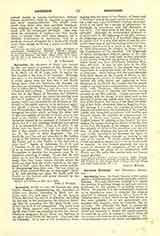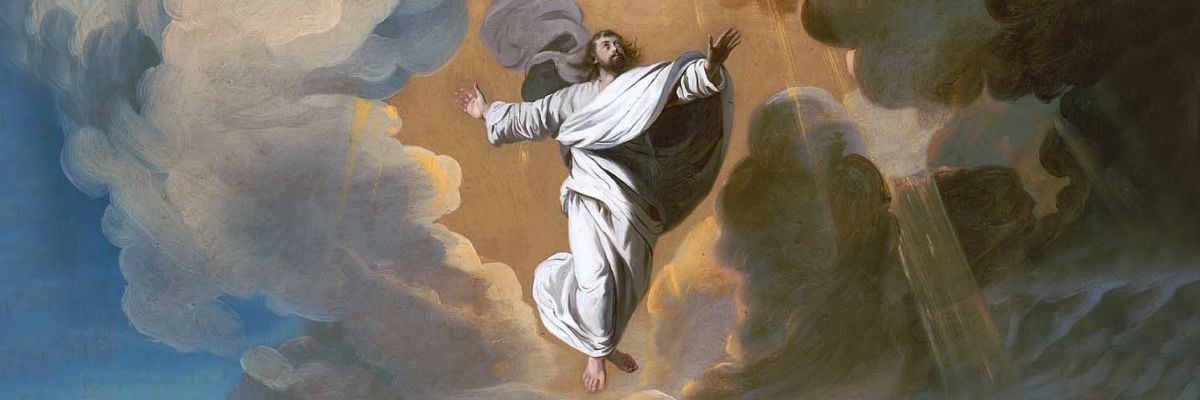

Ascension#2, the elevation of Christ into heaven by His own power in presence of His disciples the fortieth day after His Resurrection. It is narrated in St. Mark, xvi, 19, St. Luke, xxiv, 51, and in the first chapter of the Acts of the Apostles.
Although the place of the Ascension is not distinctly stated, it would appear from the Acts that it was Mount Olivet, since after the Ascension the disciples are described as returning to Jerusalem from the mount that is called Olivet, which is nigh Jerusalem, within a Sabbath day’s journey. Tradition has consecrated this site as the Mount of Ascension and Christian piety has memorialized the event by erecting over the site a basilica.
St. Helena built the first memorial, which was destroyed by the Persians in 614, rebuilt in the eighth century, to be destroyed again, but rebuilt a second time by the crusaders. This the Mohammedans also destroyed, leaving only the octagonal structure which encloses the stone said to bear the imprint of the feet of Christ, that is now used as an oratory.
Not only is the fact of the Ascension related in the passages of Scripture cited above, but it is also elsewhere predicted and spoken of as an established fact. Thus, in St. John, vi, 63, Christ asks the Jews: “If then you shall see the Son of Man ascend up where He was before?” and xx, 17, He says to Mary Magdalen:- “Do not touch Me, for I am not yet ascended to My Father, but go to My brethren, and say to them: I ascend to My Father and to your Father, to My God and to your God.” Again, in Ephesians, iv, 8-10, and I Timothy, iii, 16, the Ascension of Christ is spoken of as an accepted fact.
The language used by the Evangelists to describe the Ascension must be interpreted according to usage. To say that He was taken up, or that He ascended, does not necessarily imply that they locate heaven directly above the earth; no more than the words “sitteth on the right hand of God” mean that this is His actual posture. In disappearing from their view “He was raised up and a cloud received Him out of their sight” (Acts, 1, 9), and entering into glory He dwells with the Father in the honor and power denoted by the Scripture phrase.
JOHN J. WYNNE


